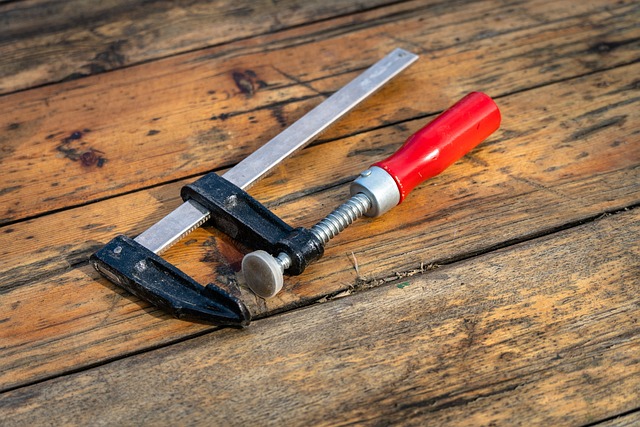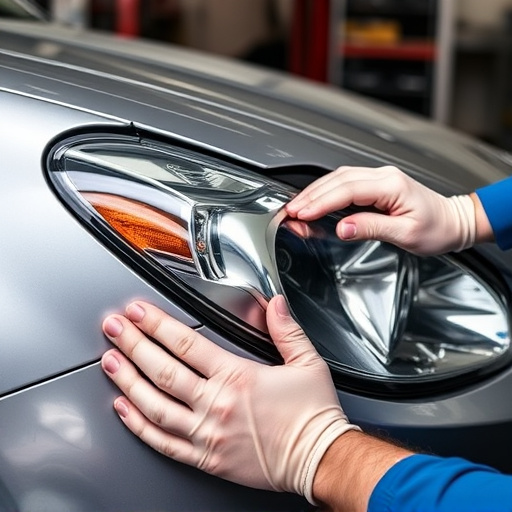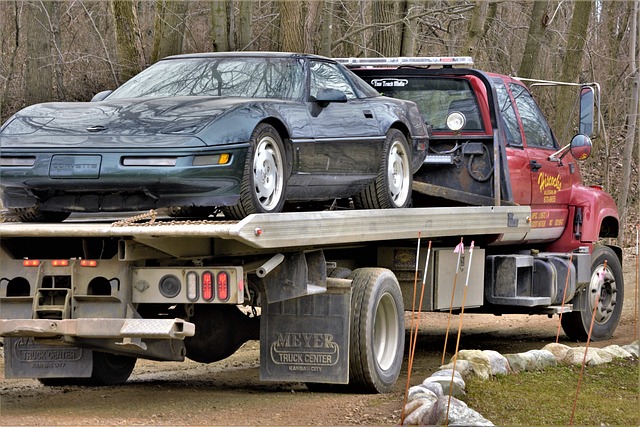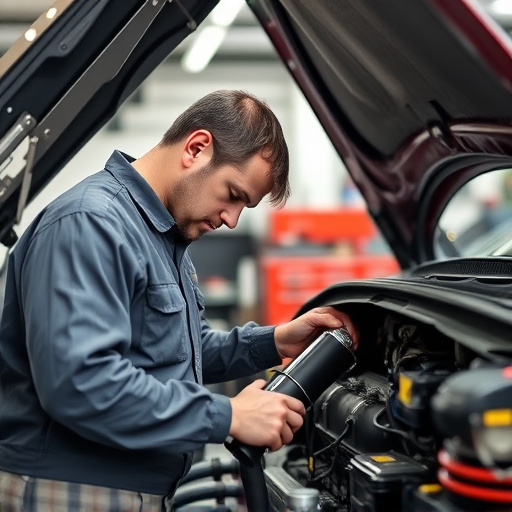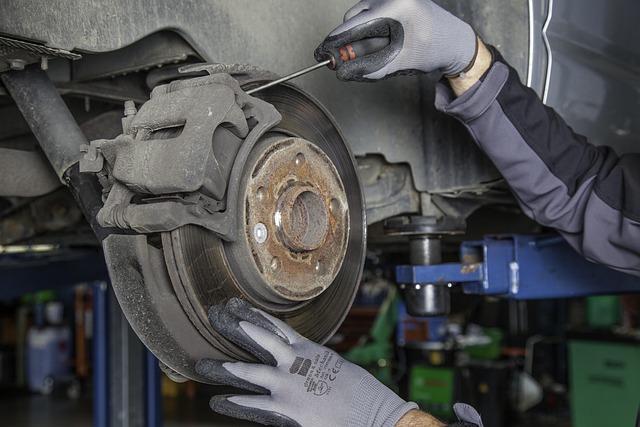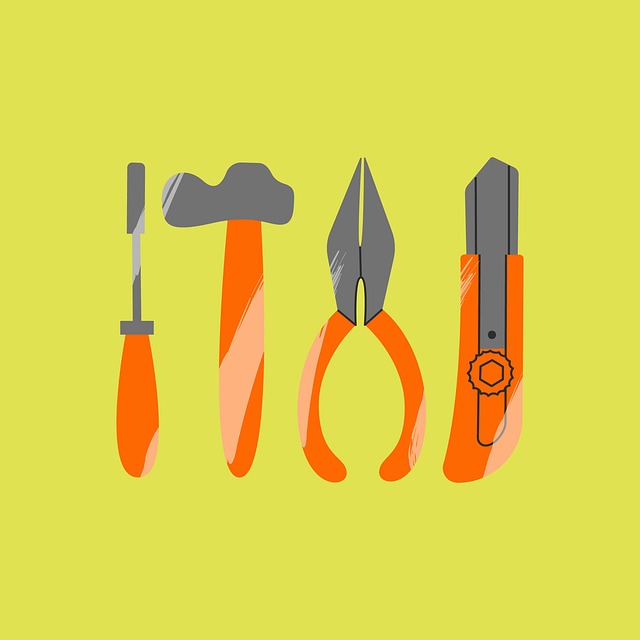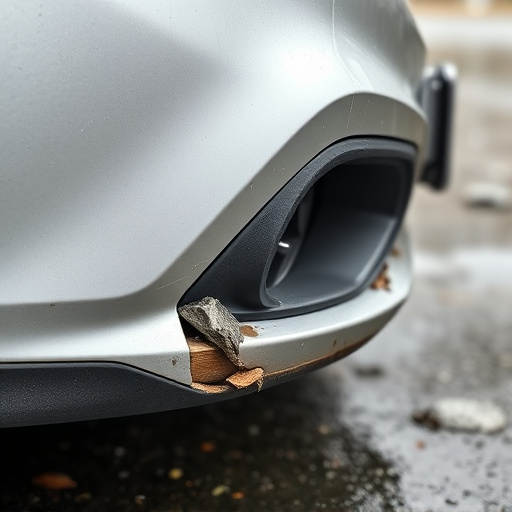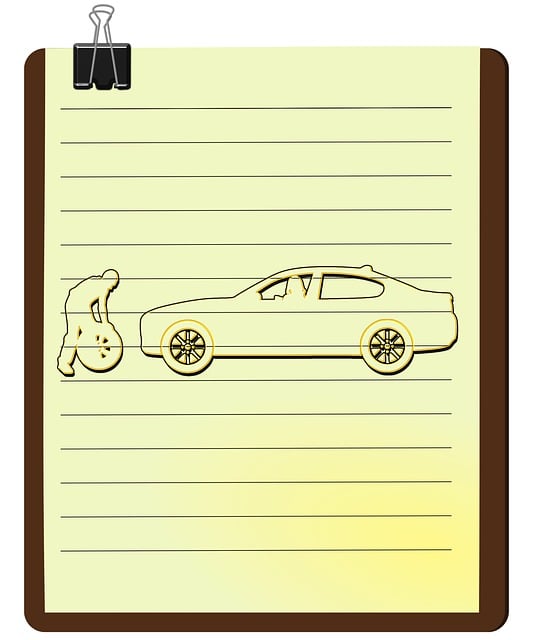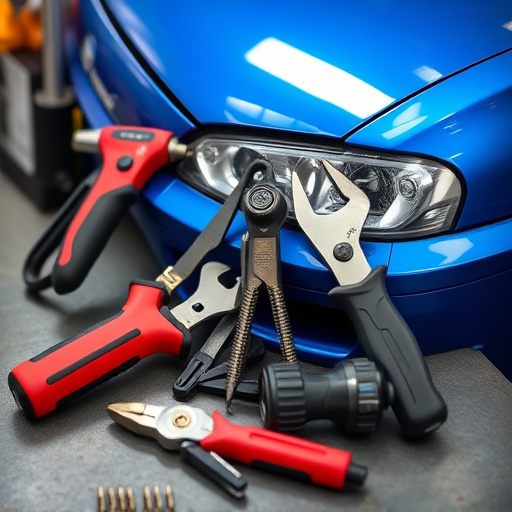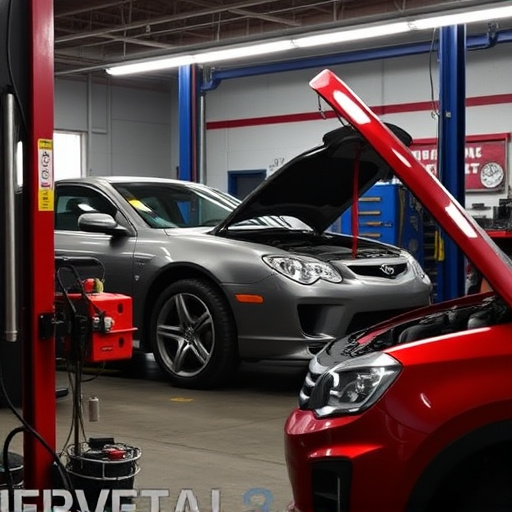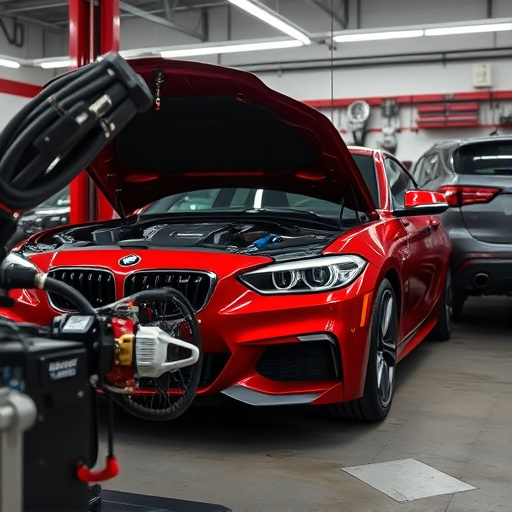OEM (Original Equipment Manufacturer) repair procedures are detailed guidelines set by vehicle manufacturers for bodywork repairs, ensuring car safety and performance by maintaining structural integrity with precision measurements, specialized tools, and high-quality parts. These standards, tailored to specific models and years, are vital for professionals and enthusiasts seeking optimal vehicle condition. Adhering to OEM standards guarantees customer satisfaction, extends vehicle lifespans, and maintains market value, offering significant advantages in restoration and repair, particularly for complex body repairs.
In today’s automotive landscape, understanding Original Equipment Manufacturer (OEM) repair procedures is paramount for both professionals and enthusiasts. OEM repairs offer unparalleled advantages, ensuring vehicles return to their original specifications and performance. This article breaks down the key elements that underpin successful OEM repair processes. From the essential components like high-quality parts and trained technicians to best practices such as strict adherence to manufacturer guidelines, gain invaluable insights into mastering OEM repairs.
- Understanding OEM Repair Procedures: The Basics
- – Definition of OEM and its role in repairs
- – Advantages of OEM repair procedures
Understanding OEM Repair Procedures: The Basics

Understanding OEM Repair Procedures: The Basics
OEM (Original Equipment Manufacturer) repair procedures are essential guidelines that dictate how vehicle repairs should be carried out to ensure the safety and performance of the car. These procedures are meticulously designed by the vehicle manufacturer, taking into account specific models, makes, and even year ranges. Adhering to OEM standards is crucial for maintaining the integrity of the car’s structure and functionality. In a car body shop, these procedures cover everything from diagnosing issues with the vehicle bodywork to replacing parts with exact specifications.
By following OEM repair procedures, skilled technicians can accurately assess and fix damage to the car bodywork, whether it’s from an accident or regular wear and tear. This involves precise measurements, specialized tools, and high-quality replacement parts. The ultimate goal is to restore the vehicle to its pre-incident condition, ensuring it not only looks good but also drives smoothly and safely. Understanding these procedures is vital for both professionals and enthusiasts looking to keep their cars in top shape.
– Definition of OEM and its role in repairs

Original Equipment Manufacturer (OEM) plays a pivotal role in defining and implementing standardized repair procedures for automotive brands like Mercedes-Benz. When it comes to OEM repair, the focus is on ensuring that vehicles are restored to their original specifications, maintaining the same level of quality and performance as when they left the factory floor. This is particularly crucial in collision repair or fender repair scenarios where accurate measurements, precise techniques, and genuine parts are essential to preserve the vehicle’s integrity.
OEM repair procedures serve as a comprehensive guide for technicians, outlining step-by-step processes tailored to specific models and makes. These guidelines encompass everything from initial assessment and disassembly to final reassembly and quality control checks. By adhering to OEM standards, whether for Mercedes-Benz repair or any other vehicle brand, repair shops can guarantee customer satisfaction, extend vehicle lifespans, and maintain the overall value of the vehicle in the market.
– Advantages of OEM repair procedures
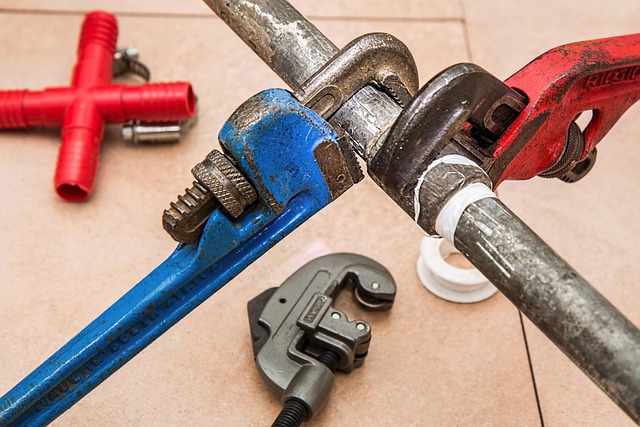
OEM (Original Equipment Manufacturer) repair procedures offer several advantages when it comes to restoring and repairing vehicles. One of the key benefits is the precision and quality they provide. By adhering to the manufacturer’s guidelines, auto body services ensure that the vehicle’s structural integrity and overall performance are maintained. This level of expertise is particularly crucial for complex vehicle body repairs, ensuring that all components are accurately replaced or refurbished.
Additionally, OEM repair procedures promote cost-effectiveness while minimizing potential risks. Collision repair shops specializing in these practices have access to genuine parts and advanced equipment, allowing them to deliver top-notch results. Such methods also reduce the need for frequent part replacements, as they focus on restoring original conditions, thereby extending the life of the vehicle and providing a more sustainable solution for owners.
OEM repair procedures are essential for ensuring high-quality, reliable, and cost-effective vehicle maintenance. By understanding the key elements outlined in this article, automotive professionals can navigate these complex processes with confidence. Adhering to OEM standards not only guarantees superior performance but also fosters a sustainable and efficient aftermarket industry. When it comes to vehicle repairs, knowing the ins and outs of OEM procedures is a game-changer for both technicians and consumers alike.
